About Cardano (ADA)
Cardano (ADA) is a popular third-generation blockchain platform designed to provide a more secure, scalable, and sustainable alternative to earlier blockchain networks like Bitcoin (BTC) and Ethereum (ETH). Cardano aims to improve upon existing blockchain technologies by addressing issues such as energy consumption, scalability, and interoperability while also introducing novel features for decentralized applications (dApps) and smart contracts.
Key Features of Cardano (ADA)
- Proof-of-Stake (PoS) Consensus Mechanism
- Cardano utilizes a Proof-of-Stake (PoS) consensus algorithm called Ouroboros. Unlike Proof-of-Work (PoW) used by Bitcoin, which requires massive computational power and energy consumption, PoS allows users to validate transactions and secure the network by staking their ADA tokens.
- This energy-efficient model reduces the environmental impact of the network and promotes sustainability. Stakers earn rewards for their participation in securing the network.
- Two-Layer Architecture
- Cardano employs a two-layer architecture:
- Cardano Settlement Layer (CSL): This is the first layer, responsible for handling ADA transactions. It serves as the “foundation” of the Cardano blockchain, ensuring secure value transfer.
- Cardano Computation Layer (CCL): This second layer enables smart contracts, decentralized applications (dApps), and more advanced use cases. It supports a multilingual smart contract environment, allowing developers to use a variety of programming languages to write dApps and decentralized finance (DeFi) protocols.
The separation of these two layers enhances security and scalability, with the settlement layer handling token transfers and the computation layer handling contracts and dApps.
- Cardano employs a two-layer architecture:
- Smart Contracts (Plutus and Marlowe)
- Plutus is Cardano’s smart contract development platform, allowing developers to create dApps and decentralized services. Plutus is based on the Haskell programming language, known for its security and robustness.
- Marlowe is a domain-specific language for smart contracts on Cardano, designed to make it easier for non-programmers to create and understand financial contracts.
- Governance and Decentralization
- Cardano places a significant focus on decentralization and community governance. Project Catalyst, a decentralized autonomous organization (DAO), allows ADA holders to vote on proposals and fund new projects within the ecosystem.
- The Treasury system ensures that the Cardano blockchain can be self-sustaining by funding initiatives and projects voted on by the community.
- Interoperability and Sidechains
- One of Cardano’s key goals is to improve blockchain interoperability—the ability for different blockchains to communicate and interact with each other. Through sidechains, Cardano aims to facilitate seamless asset transfers and data exchange between different blockchain platforms, improving cross-chain functionality.
- Scalability and Sustainability
- Ouroboros, Cardano’s PoS algorithm, has been designed to be scalable, meaning it can handle a growing number of users and transactions without compromising security or decentralization. Unlike PoW, PoS consumes less energy and can support a large number of transactions per second (TPS).
- The staking system also promotes sustainability by rewarding users for participating in network validation, ensuring a distributed consensus mechanism that reduces the reliance on high energy consumption.
- ADA Token
- ADA is the native cryptocurrency of the Cardano network. It serves several purposes:
- Staking: ADA holders can stake their tokens to participate in the PoS consensus mechanism and earn rewards.
- Transaction Fees: ADA is used to pay for transaction fees within the network.
- Governance: ADA holders can participate in governance decisions through the Cardano voting system (Project Catalyst), influencing the future of the Cardano ecosystem.
- ADA is the native cryptocurrency of the Cardano network. It serves several purposes:
- Staking and Delegation
- Cardano enables users to stake their ADA tokens to participate in securing the network and earn staking rewards. ADA holders can delegate their tokens to a staking pool, allowing them to earn rewards without having to run a node themselves.
- Staking on Cardano is flexible and requires no lock-up periods, making it an accessible option for users looking to earn passive income.

Cardano’s Roadmap and Development
Cardano’s development is based on a multi-phase roadmap, known as the “Byron,” “Shelley,” “Goguen,” “Basho,” and “Voltaire” phases, each representing a specific milestone in the platform’s evolution.
- Byron Phase: This was the initial phase of the Cardano network, which launched the Cardano Settlement Layer and introduced the ADA token to the market.
- Shelley Phase: This phase introduced decentralization by allowing staking and delegation of ADA, as well as launching staking pools. It laid the foundation for a more decentralized network.
- Goguen Phase: Focused on the introduction of smart contracts and the launch of the Plutus smart contract development platform, enabling developers to build decentralized applications (dApps) and finance protocols.
- Basho Phase: Focused on scalability and performance improvements, including the introduction of sidechains, enabling cross-chain interoperability and improving the overall scalability of the network.
- Voltaire Phase: Aimed to introduce governance and self-sustaining mechanisms through the Cardano treasury, where ADA holders can vote on proposals and influence the development of the network.
The Cardano team, led by Charles Hoskinson, who was a co-founder of Ethereum, is committed to ongoing development, research, and peer-reviewed academic principles.

Use Cases for Cardano
Cardano aims to provide a platform for a wide range of use cases, including:
- Decentralized Finance (DeFi): Cardano aims to be a competitor to Ethereum in the DeFi space by providing a secure and scalable platform for decentralized exchanges (DEXs), lending platforms, and other financial applications.
- Tokenization: Cardano enables the creation of custom tokens for various use cases such as stablecoins, non-fungible tokens (NFTs), and tokenized assets.
- Supply Chain Management: Cardano’s blockchain is being used for tracking goods and verifying the integrity of supply chains, ensuring transparency and reducing fraud.
- Identity Management: Cardano can be used for secure digital identity systems that allow users to control and verify their personal data without relying on third-party authorities.
- Governance: The Cardano ecosystem allows users to vote on the direction of the project, enabling decentralized governance.

Partnerships and Collaborations
Cardano has formed strategic partnerships with various organizations, governments, and institutions worldwide:
- Ethiopian Ministry of Education: Cardano has partnered with the Ethiopian government to implement blockchain-based digital certificates for students, helping improve education outcomes and reduce fraud.
- Georgetown University: Cardano has collaborated with the university on research related to blockchain technology and the Ouroboros PoS protocol.
- Partnerships with other blockchain projects: Cardano has formed alliances with projects such as Coti, SingularityNET, and Wall Street Blockchain Alliance, among others, to enhance its ecosystem and bring value to users.
Cardano vs. Ethereum
Cardano is often compared to Ethereum due to their similarities, but Cardano differentiates itself in several key areas:
- Consensus Mechanism: While Ethereum originally used Proof-of-Work (PoW) and is transitioning to Proof-of-Stake with Ethereum 2.0, Cardano has used Proof-of-Stake (PoS) from the beginning, making it more energy-efficient.
- Development Approach: Cardano takes a peer-reviewed, research-driven approach to development, where every design decision is backed by academic research and formal verification, which is different from Ethereum’s more rapid, community-driven development.
- Scalability: Cardano is designed with scalability in mind, using features like Ouroboros PoS and sidechains to address the scalability challenges faced by Ethereum.
Cardano (ADA) is one of the leading blockchain platforms, with a unique approach that emphasizes sustainability, scalability, and security. With its research-driven development and peer-reviewed academic approach, Cardano aims to build a robust platform for smart contracts, decentralized applications, and decentralized finance (DeFi).
The platform’s two-layer architecture, proof-of-stake consensus, and focus on interoperability give it a strong edge over many blockchain networks. Although Cardano has faced challenges with adoption and development speed, its long-term vision and commitment to decentralized governance and sustainability make it a project to watch in the evolving blockchain ecosystem. Whether you’re an investor, developer, or user, Cardano’s ongoing development offers significant potential for both the present and the future of decentralized technologies.


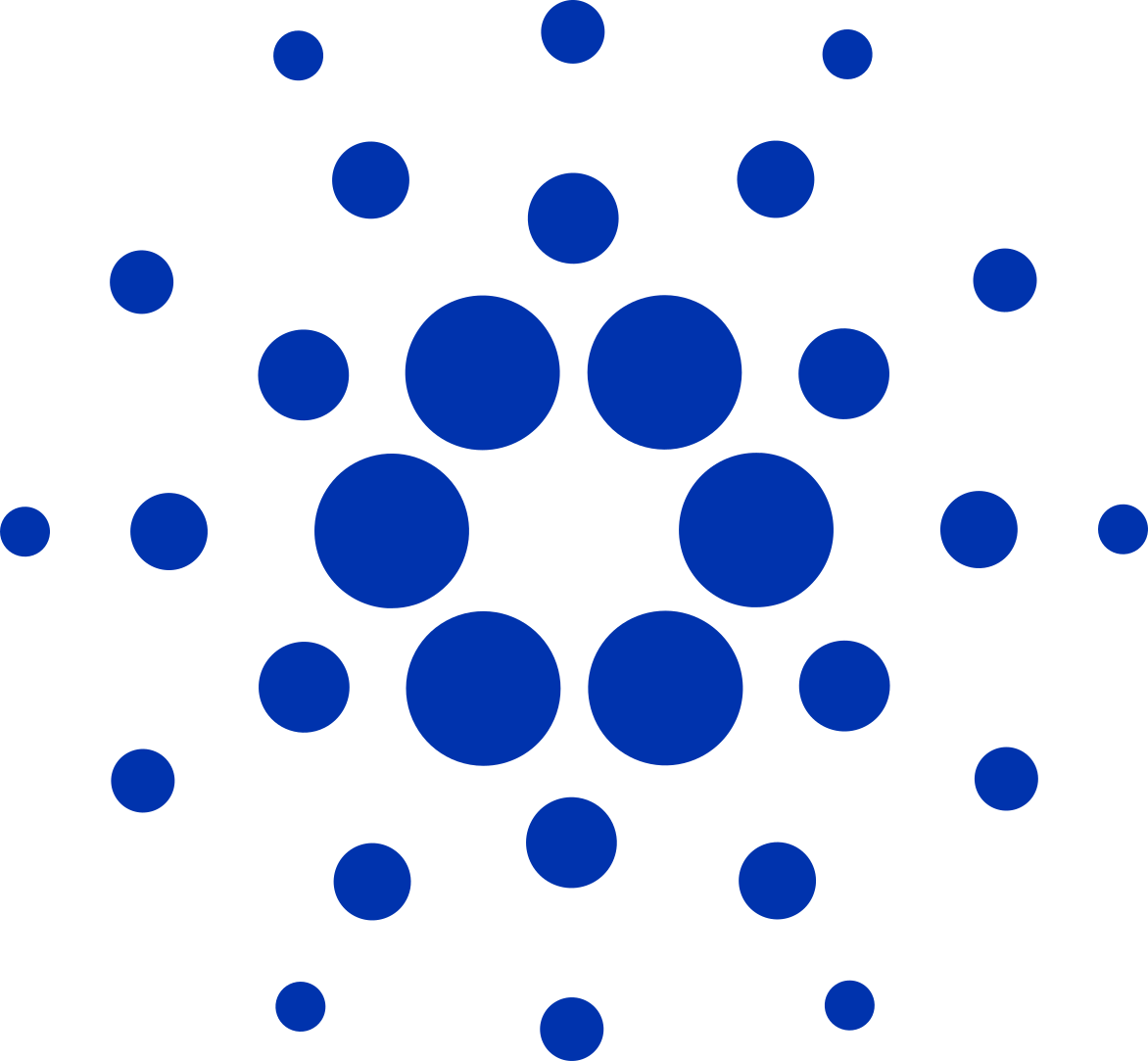
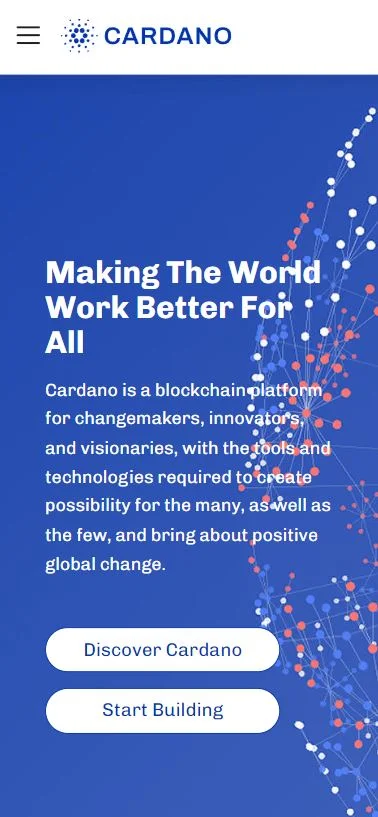
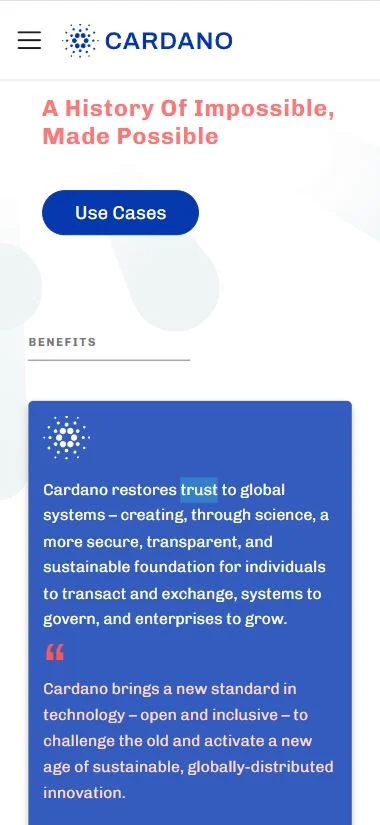
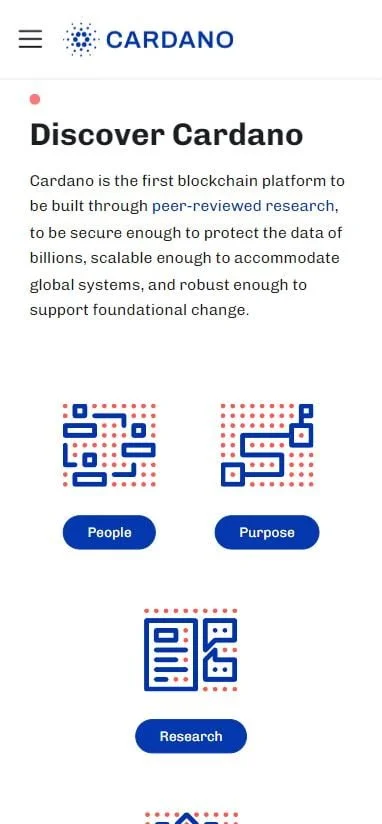
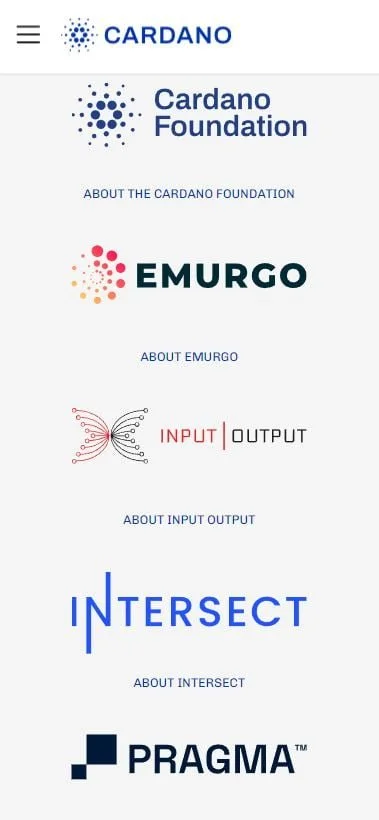
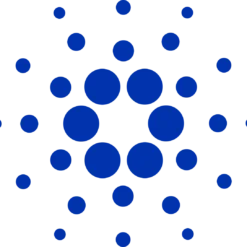






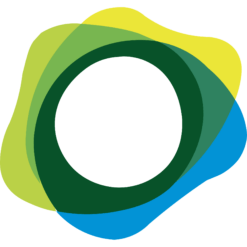



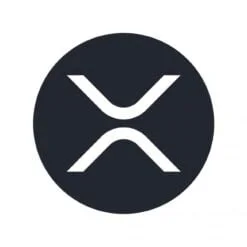




Harran –
ADA
Cogna Cogna –
Good !